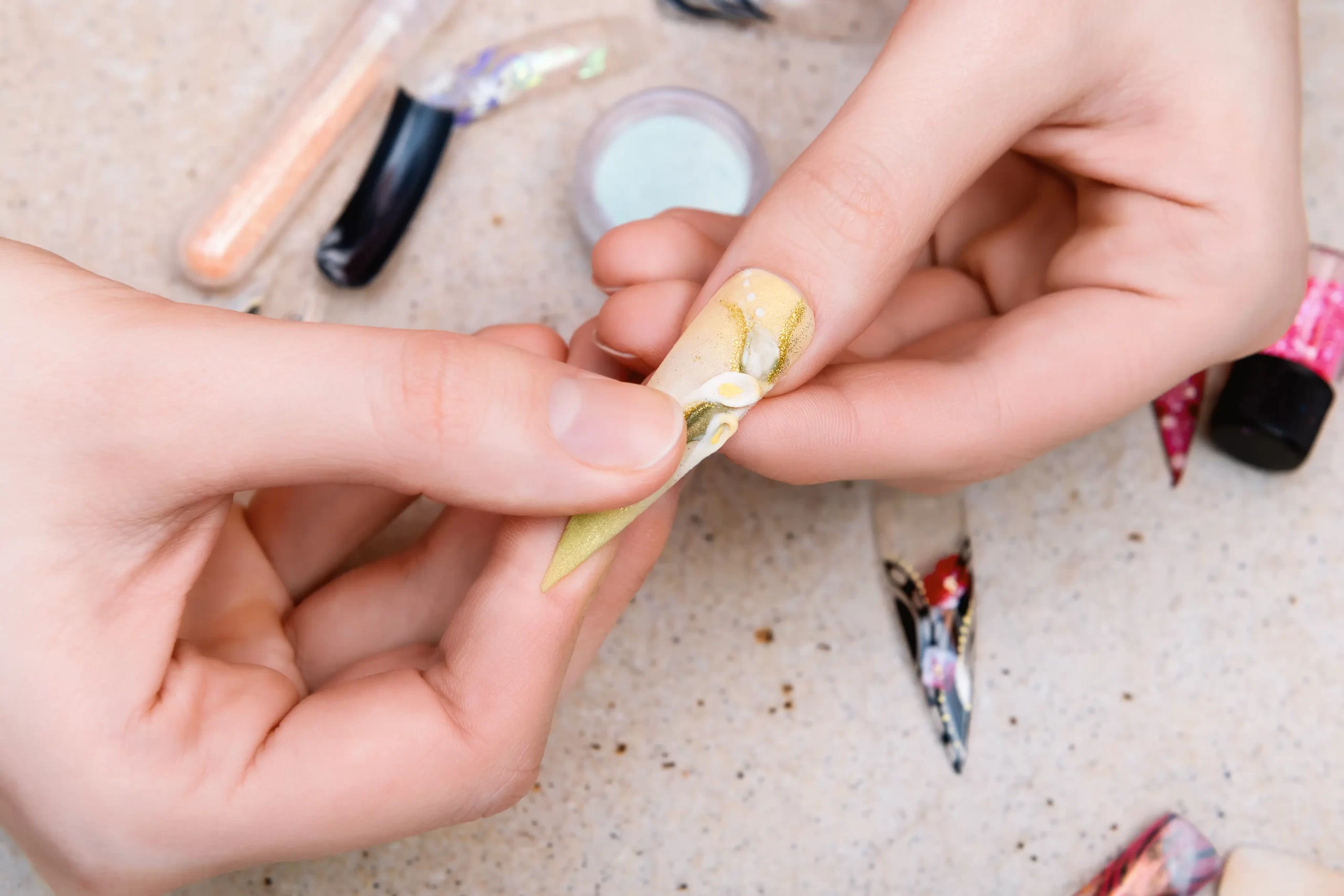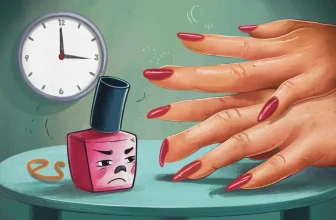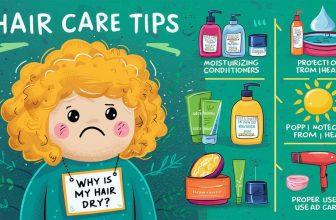How to Remove Nail Glue: Quick and Effective Removal Tips

Unwanted nail glue can swiftly transform a manicure into a sticky mess. Knowing how to remove nail art safely and successfully is crucial, regardless of whether you’re ready to part with your current nail art or you had a glue disaster. In this article, we’ll go over tried-and-true methods to make saying goodbye to nail glue stress-free. We can assist with anything from mild soaking methods to oil-based treatments. Embrace flawless nails and bid adieu to sticky headaches. With assurance and accuracy, let’s explore the realm of nail glue removal techniques that work. The tiny yet powerful adhesive known as nail glue is essential to creating perfect and long-lasting manicure decorations. Before venturing into the world of removal, it is imperative to comprehend the various types of nail glue that are commonly employed and the potential challenges that may arise.
Types of Nail Glue
Nail glues typically fall into two main categories: cyanoacrylate-based and resin-based. Cyanoacrylate glues are known for their quick bonding properties, making them popular for instant fixes. Resin-based glues, on the other hand, offer a slightly more flexible hold, often preferred for artificial nail applications.
Common Challenges
While nail glue is a handy tool, its removal can pose challenges if not approached correctly. The adhesive’s robust nature, designed to withstand daily activities, can become a bit of a hurdle when it’s time for a change. Improper removal may lead to damage, leaving your nails weakened and prone to breakage.
One common issue arises when individuals attempt to remove or force the glue off the nail surface. This can result in not only damage to the natural nail but also in a less-than-pleasant removal experience. Additionally, neglecting to use safe and effective removal methods can lead to residual glue or uneven nail surfaces.
In recognizing these challenges, it becomes clear that a thoughtful and informed approach to nail glue removal is crucial. By understanding the nature of the glue and how it interacts with your nails, you can embark on the removal process with confidence and a greater chance of success.
In the following sections, we’ll explore the preparations necessary for a smooth removal process and delve into step-by-step techniques that cater to different preferences and nail conditions. Let’s equip ourselves with the knowledge needed to bid farewell to nail glue without compromising the health and beauty of our nails.
Preparation Steps
Before embarking on the journey of removing nail glue, proper preparation is the key to a successful and stress-free process. Taking the time to gather the right tools and creating a suitable workspace ensures that your nail glue removal experience is as smooth as possible.
Essential Tools and Materials:
- Acetone is a powerful nail glue dissolver, but for those with sensitive nails, a non-acetone alternative is a gentler option.
- Cotton Balls or Pads will apply the acetone or nail polish remover to your nails.
- For methods involving soaking, warm water helps in remove the nail glue and makes the removal process more comfortable.
- A buffer or file can be used to smooth the nail surface glue to remove it gently. Opt for a fine-grit file to avoid unnecessary damage.
- Nails and cuticles can become dry during the removal process, so having a nourishing oil or moisturizer on hand is beneficial.
Creating a Well-Prepared Workspace:
- If you’re using acetone, ensure the room is well-ventilated to avoid inhaling fumes. Think about turning on a fan or opening a window.
- Lay down a towel or use a protective surface to catch any spills or drips during the removal process.
- Good lighting is essential for precision. Ensure you can see your nails clearly to avoid accidental mishaps.
- Some removal methods involve timed intervals, so having a timer or clock nearby helps you keep track of the process.
Taking a few moments to gather these tools and set up your workspace can significantly enhance the efficiency of the nail glue removal process. In the following sections, we’ll explore various removal techniques, each offering a unique approach suited to different preferences and nail conditions.
Step-by-Step Removal TAfteechniques
Removing nail glue requires a delicate touch and a methodical approach to ensure your nails remain healthy and undamaged. Let’s explore step-by-step techniques that cater to different preferences and nail conditions.
Soaking Method:
- Start by gathering acetone or non-acetone nail polish remover, cotton balls or pads, warm water, and a bowl.
- Fill the bowl with warm water and soak your nails for 10-15 minutes. This helps to soften the glue.
- Dip a cotton ball or pad into the nail polish remover or acetone and place it on your nail, securing it with a small piece of foil.
- Wait for another 10-15 minutes to allow the acetone to remove the nail glue. Gently rub the cotton ball over your nail, and the glue should lift.
Gentle Peeling:
- If the glue is lifting at the edges, gently peel it off using a cuticle stick or your fingernail. Do this carefully to avoid tearing or damaging the natural nail.
- Apply cuticle oil around the edges of the glue. This helps in softening the glue and making it easier to peel.
Oil-Based Solutions:
- Select an oil-based substance such as olive oil, coconut oil, or cuticle oil.
- Apply the oil around and underneath the glued area. Gently massage to allow the oil to penetrate and soften the glue.
- After a few minutes, wipe away the oil and the softened glue using a cotton ball or pad.
Remember to be patient and take breaks between steps to assess the progress. If the glue is particularly stubborn, it’s better to try a different method rather than forcing the removal, which can lead to nail damage.
Post-Removal Care
Now, it’s time to indulge in some post-removal care to ensure your nails remain healthy, strong, and ready for whatever stylish choices come next.
- Give Your Nails a Break: Your nails have been through a bit of a journey during the removal process. Consider giving them a break from any harsh nail products, at least for a few days. Avoid excessive filing, buffing, or applying nail polish immediately after removal to allow your nails to recover and regain their natural strength.
- Avoid Aggressive Chemicals: Steer clear of aggressive chemicals or strong nail products that could potentially irritate or weaken your nails. Opt for gentle, non-acetone remove the nail glue if you need to clean your nails, and choose nail care products with nourishing formulas.
- Healthy Diet and Hydration: Remember, your nails’ health often reflects your overall health. Ensure you maintain a balanced diet rich in vitamins and minerals and stay hydrated. Adequate hydration contributes to the health and flexibility of your nails.
- Regular Maintenance: Make post-removal care a regular part of your nail care routine. By consistently moisturizing, avoiding aggressive products, and being mindful of your overall nail health, you set the stage for beautiful and resilient nails in the long run.
Remember, every set of nails is unique, so tailor your post-removal care routine to fit the specific needs of your nails and cuticles. With a little extra attention and care, you’ll keep your nails looking and feeling fabulous, ready for whatever nail art or design you have in mind for the future.
Common Mistakes to Avoid
While the journey of removing nail glue can be a straightforward process, it’s crucial to navigate it with care to prevent common mistakes that could potentially harm your nails. Let’s explore some pitfalls to steer clear of during and after the removal process.
- Rushing the Removal: Impatience is not your friend when it comes to removing nail glue. Rushing the process, whether it’s soaking, peeling, or using oil-based solutions, can lead to unnecessary stress on your nails. Take your time and allow each step to work effectively.
- Forceful Peeling: One of the most common mistakes is forcefully peeling off the glue. While it may be tempting to peel away the remnants, doing so can cause damage to the nail bed. Instead, opt for gentle peeling methods or use additional removal techniques if the glue is stubborn.
- Using Harsh Chemicals: While acetone is a powerful tool for removing nail glue, using it excessively or choosing formulas with harsh chemicals can strip your nails of natural oils, leaving them dry and brittle. Opt for non-acetone options or use acetone sparingly.
- Over-Buffing: Buffing is a useful technique to smooth the nail surface, but overdoing it can lead to thin and weakened nails. Choose a fine-grit buffer and use gentle strokes to avoid unnecessary damage.
By being mindful of these common mistakes, you can navigate the nail glue removal process with confidence and care. Remember, your nails deserve a little TLC and a patient, gentle approach will leave them looking and feeling their best. In the final section of our guide, we’ll troubleshoot any challenges that may arise during the removal process.
Final Thoughts
As we reach the culmination of our journey into the realm of nail glue removal, it’s essential to reflect on the importance of patience, care, and self-appreciation in this beauty ritual. Nail glue removal is not just a technical process; it’s a moment to nurture and celebrate the uniqueness of your nails.
- Embracing Your Natural Beauty: In the pursuit of flawless nails, it’s easy to forget that beauty lies not just in the polished finish but in the natural canvas underneath. Your nails, with their quirks and characteristics, are a testament to your journey and experiences. Embrace them with pride, knowing that perfection is found in authenticity.
- Patience as a Virtue: The removal process may test your patience, but it’s a virtue well worth practicing. From the soaking moments to the gentle peeling, each step requires time to work its magic. In a world that often moves at a rapid pace, allowing yourself the luxury of time for self-care is a powerful act of self-love.
- Every Mistake Is a Lesson: Mistakes happen; they are part of the learning process. Whether it’s rushing the removal or using excessive force, each misstep provides an opportunity to learn more about your nails and how to care for them better. View these moments not as setbacks but as valuable lessons on your beauty journey.
Remember, beauty is not just a destination; it’s a continuous, evolving journey. Your nails are a beautiful part of that narrative. Your nails are not just an accessory; they are a reflection of your unique beauty. So, paint them with confidence, adorn them with creativity, and cherish the beauty that is distinctly yours.
FAQs
Is it safe to use acetone on my nails to remove glue?
Acetone is generally safe for nail glue removal, but it can be drying. you maintain the health of your cuticles and nails, make sure you hydrate them afterwards.
How long should I soak my nails in acetone to remove the glue?
Soak your nails for about 10-15 minutes in acetone. This helps to loosen the glue, making it easier to gently peel or scrape off without causing damage.
What if I don't have acetone? Are there alternative methods for removing nail glue?
Yes, you can try soaking your nails in warm, soapy water or using a mixture of vinegar and lemon juice. These methods may take a bit longer, but they can still be effective.
Can I use any household items to help with nail glue removal?
Absolutely! A soft toothbrush or a wooden stick can be used to gently scrub away softened glue. Just be patient and avoid using sharp objects that could damage your nails.







[…] Gel nail polish has gained immense popularity in recent years due to its long-lasting and glossy finish. However, improper removal of gel polish can cause significant damage to your natural nails. Understanding how to remove gel nail polish safely and without damaging your nails is crucial for maintaining healthy nail beds. In this article, we will explore the steps and techniques involved in gentle gel nail polish removal, as well as post-removal nail care tips to keep your nails in optimal condition. […]